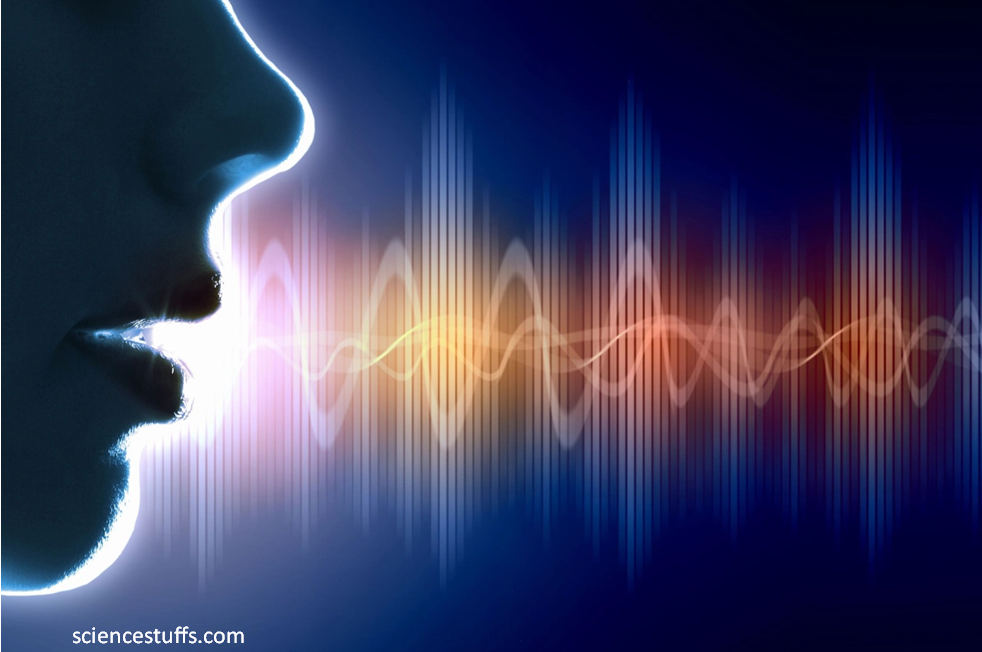Back to: BASIC SCIENCE JSS3
Welcome to class!
In today’s class, we will be talking more about sound energy. Enjoy the class!
Sound Energy II

Types of sound
There are different types of sound, these are music and noise.
- Music: Music is a combination of regular notes.
- Noise: Noise is a combination of irregular notes. Noise can further be divided into four, these are:
- Continuous noise: Continuous noise is the noise that is produced continuously by machinery that keeps running without any form of interruption.
- Intermediate noise: Intermediate noise refers to the noise that increases and decreases rapidly.
- Impulsive noise: Impulsive noise is a sudden burst of noise such as noise created by construction equipment or an explosion.
- Low-frequency noise: Low-frequency noise makes up part of our daily soundscape.
Characteristics of sound
The characteristics of sound wave include:
- Pitch: Pitch refers to how high or low a sound is. The pitch of a sound depends on its frequency.
- Loudness: Loudness refers to the amount of strength sound creates in the ear.
- Quality: Quality depends on a number and combination of harmonics and overtones it contains. The term timbre also describes quality.
Properties of sound
Sound waves are often described as sinusoidal waves that are characterized by some properties. Some of the properties include:
- Reflection
- Refraction
- Interference
For more understanding, I will break it down;
- Reflection: Reflection of sound refers to the sending back of the sound wave in the opposite direction when it hits an obstacle that has a rigid surface.
- Refraction: Refraction of sound refers to the change in the direction of sound propagation when travelling from one medium to another. Refraction of sound is accompanied by a change in speed and wavelength of the sound. The speed and wavelength of the wave changes as the medium changes.
- Interference: Interference is the combination of waves to give a larger or smaller wave. Interference can further be divided into two, these are: Constructive interference and Destructive interference
- Constructive interference: This occurs when two travelling waves that are in the same medium interfere with each other with their amplitudes adding up i.e. they are in phases.
- Destructive interference: This occurs when two travelling waves in the same medium interfere with each other and their amplitudes are out of phase.

Speed and intensity of sound transmission
Speed and intensity of sound are both affected by some properties when sound propagates through a material medium.
- Speed of sound: Speed of sound is the distance travelled per unit time by a sound wave as it passes through a material medium. The speed of sound depends on the type of medium in which the sound propagates.
Speed of sound = frequency x wavelength
- Sound intensity: Sound intensity is the amount of energy transmitted per unit time through a unit area that is perpendicular to the direction of sound energy.
The facts on the speed of sound
Some of the facts on the speed of sound include:
- Sounds with higher frequencies that are more than that of audible sounds are known as ultrasonic sounds. Dolphins, cats, dogs all use ultrasound at different speeds to locate food, prey, enemies, etc.
- The rate at which sound travels depends on the material medium in which it propagates. This makes the speed of sound vary in different media at different velocities as stated below:
- The speed of sound in water is 1500 m/s.
- Higher altitudes with lower temperatures usually have their speed of sound at 301 m/s.
- The speed of sound in a steel rod is about 500 m/s.
- Sound travels at sea level with a speed of 340 m/s and 20 degrees Celsius.
- Sound waves can travel in all the three phases of matter (solid, liquid, gas) at different speeds. It travels fastest in solids. Sound travels faster in solids simply because their molecules are closely parked, and this makes the transfer of energy by vibration to the nearby particles very easy. Sound waves travel at a slower rate in liquid simply because its molecules are not closely packed which will take a while to transfer energy due to vibration to other particles. Speed of sound is slowest in gases simply because its particles are extremely far apart (scattered) from each other.
- Temperature, density, and humidity are other factors that affect the speed of sound propagating through a material medium
In our next class, we will be talking about Magnetism. We hope you enjoyed the class.
Should you have any further question, feel free to ask in the comment section below and trust us to respond as soon as possible.
